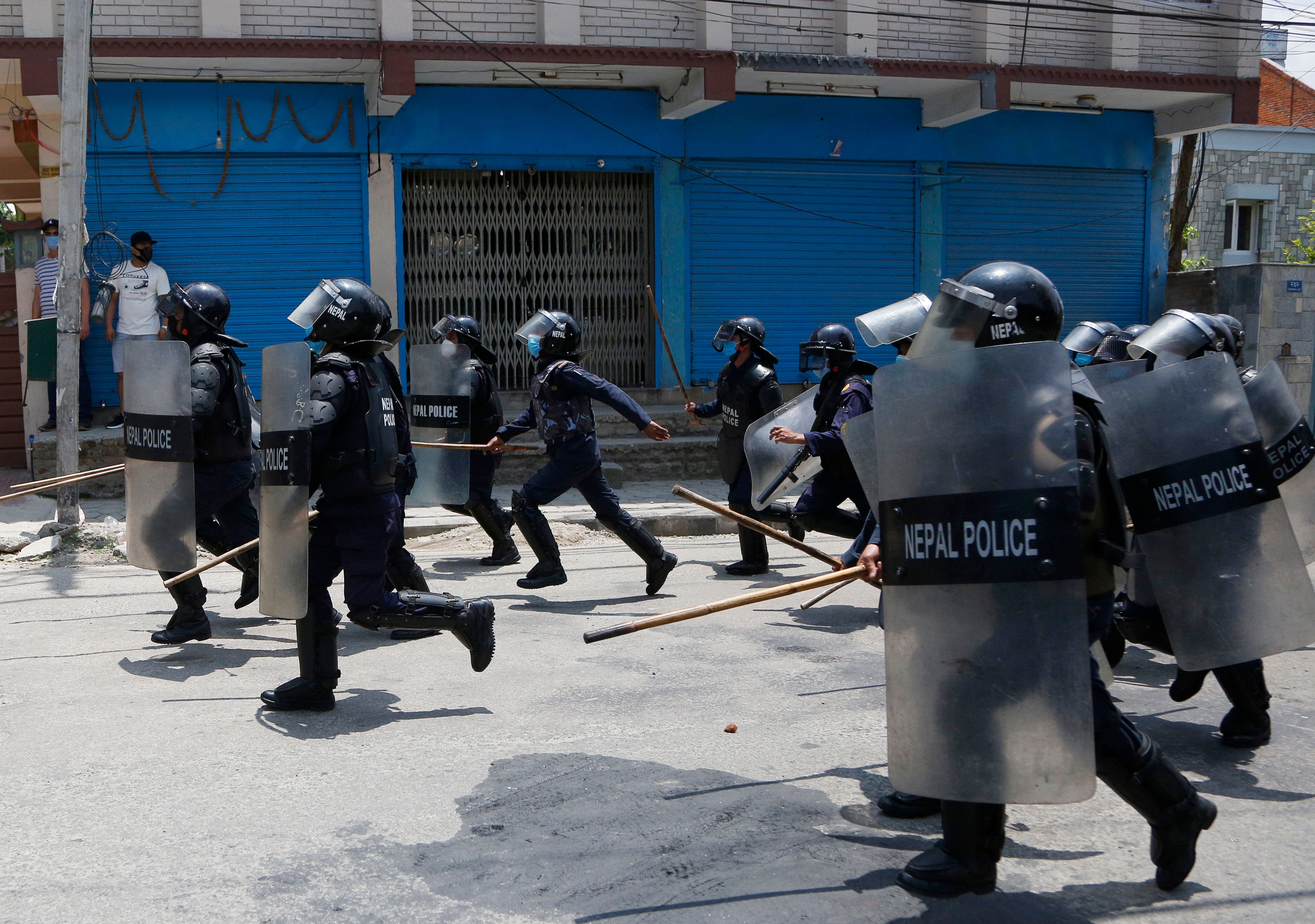
Even as the firing by Nepal’s armed police personnel on citizens of India on Friday came at a time when relations between the two neighbouring countries were already under stress over territorial dispute, New Delhi is likely to tread cautiously and react with restraint.
The Ministry of External Affairs (MEA) in New Delhi or the Embassy of India in Kathmandu maintained silence, even as firing by Nepalese Armed Police Force personnel killed an Indian on the border between the two nations in Bihar.
The incident took place at a time when Prime Minister K P Sharma Oli’s Government in Kathmandu ratcheted up Nepal’s dispute with India over Kalapani, Lipulekh Pass and Limpiyadhura areas – ostensibly after being prodded by China.
The ruling Nepal Communist Party (NCP) also resorted to a campaign against India to take advantage of the territorial dispute.
New Delhi suspects that the campaign was also orchestrated by China which has since long been trying to elbow out India to spread its geo-political influence over Nepal.
Sources told the DH that New Delhi had decided against immediately lodge a public protest against the firing by the Nepalese Armed Forces Police on the citizens of India, because it was keen to make it sure that China could not take an advantage of the worsening relations between the two South Asian neighbours.
The Sashashtra Seema Bal (SSB) chief Rajesh Chandra described the incident as a “local issue” – ostensibly to signal that New Delhi has no intention to immediately link it with the territorial row.
A squabble within the ruling NCP opened a new opportunity for Beijing not only to expand, but also to put on display its influence in the political circles in Kathmandu.
Though the rift between the party’s two chairpersons – Prime Minister K P Sharma Oli and legendary Maoist leader Pushpa Kamal Dahal a.k.a Prachanda – came to the fore last month, China’s envoy to Nepal, Hou Yanqi, had a series of meetings with both the leaders as well as other key politicians in the ruling dispensation to avert a flashpoint. If Oli could continue in the office of the Prime Minister in Kathmandu, it was largely due to the truce brokered by China’s envoy to Nepal between him and Prachanda.
Just a few days after surviving the bid to remove him from the office of Prime Minister, Oli ratcheted up the border dispute with India.
The lower house of the Nepalese Parliament on Tuesday unanimously approved a proposal to take up a Bill to amend the country’s Constitution in order to endorse the new maps his government had issued showing territories claimed by India as part of Nepal.
The new map of Nepal published by the Nepalese Government on May 20 included Lipulekh Pass, Kalapani and Limpiyadhura – the areas New Delhi claims to be part of the territory of India. Oli’s cabinet had on May 19 decided to publish the new political and administrative map of Nepal, in order to re-assert its claim on the disputed areas. The move was in response to construction of a strategic road by India from Dharchula in its Uttarakhand State to Lipulekh Pass near its disputed boundary with China.
Oli’s Government alleged that the road built by India passed through the territory of Nepal. India rejected Nepal’s allegation and dismissed its “unilateral move” to publish the new maps, calling it “unjustified cartographic assertion”.
